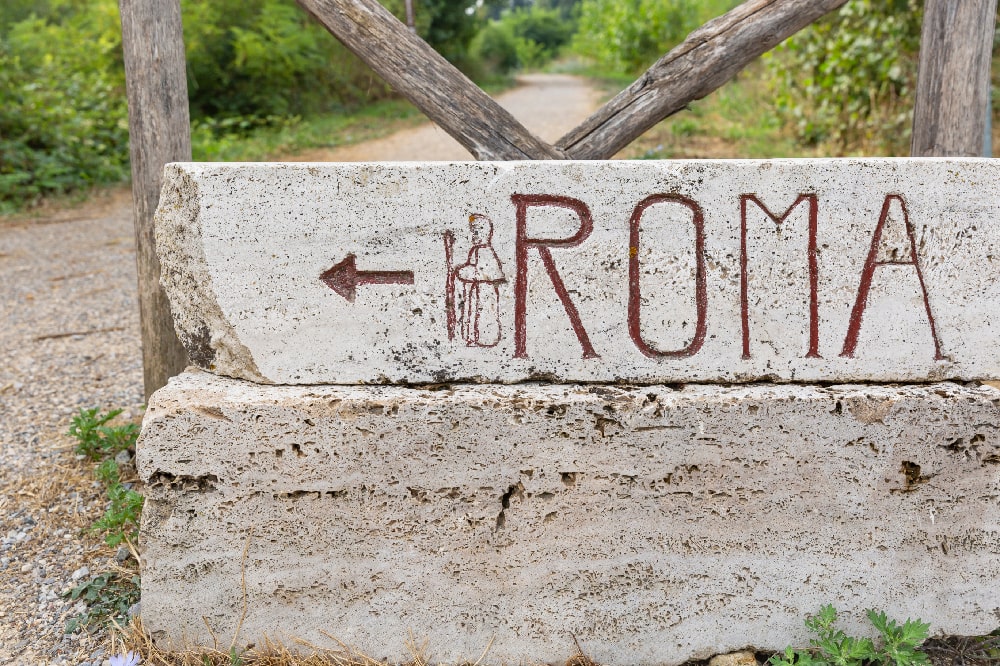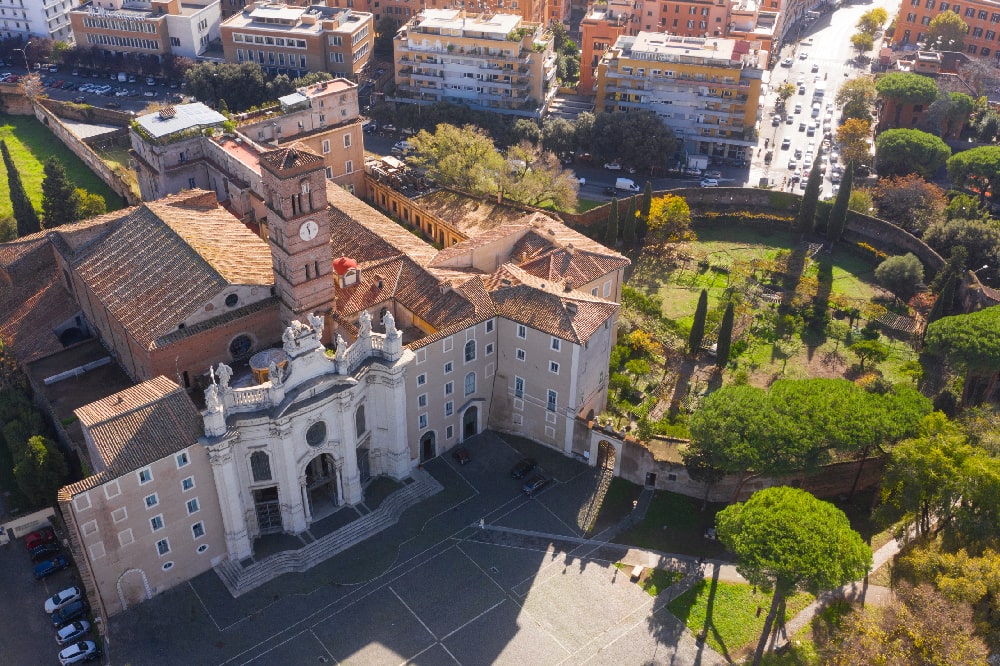Saint Roch of Montpellier has many traits in common with Saint Frances of Assisi, whom he whorshipped and fervently imitated. He came from a rich family too, was also very good-looking, had an active and rich mind, nurtured by university studies and a natural curiosity towards the world. Since a very young age, Roch manifested an amazing devotion. Educated and encouraged by his mother, a faithful and pious woman herself, he decided soon to dedicate his own life to prayer and most of all to other people wealth.
He lived in Europe during the XIV century, while plague was devastating. This young and delicate man, as pictures and statues that can still be found in churches all over the world represent him, left the safety of his family home with no hesitation, to travel the world and bring comfort and salvation to the sick and suffering people. It was in Italy that his thaumaturgical gifts showed to the world: the mere touch of his blessed hand was enough to heal sick people abandoned by their own families.
The statues represent Saint Roch as a pilgrim, wearing a tabard, a wide-brimmed hat, a walking stick with shells on it, which he used to collect water and an empty pumpkin where he stored it, and a shoulder sack. Other statues of Saint Roch represent him showing his healer skills: he was also a former medicine student; therefore, pictures show him holding the small scalpels used to cut plague buboes in his hands. Since he got infected too at some point, he was also represented with the signs of the disease, a wound on his thigh that seems bleeding.
It is said that he had a cross shaped birthmark on his chest, right where the heart is. That is why pictures of Saint Roch often show this particular detail on his clothes.
In the Saint’s pictures, there are often an angel and a dog too: both used to comfort him during his disease, the former promising healing, and the latter bringing him a piece of bread everyday so that he could eat.
Saint Roch went back to his home country and was imprisoned by his own relatives who didn’t recognize him and mistook him for a spy. Only after his death in prison, they did recognize him. Next to his body, the Saint left a board saying: “Anyone who will pray to me against the plague will be freed from this scourge” That is why he is still today the protector of infectious People, Disabled and Prisoners

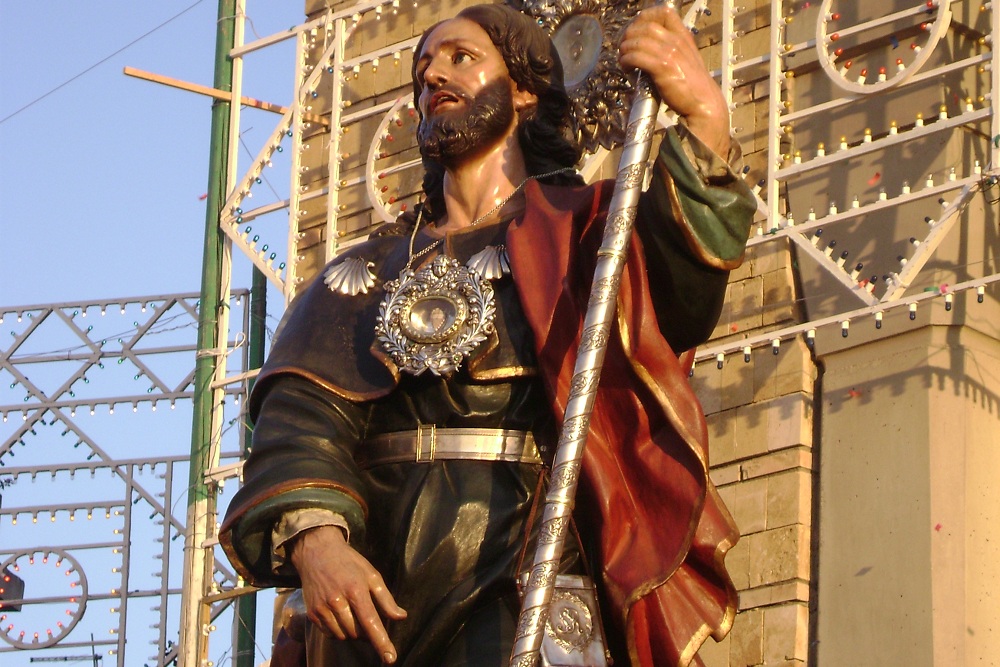
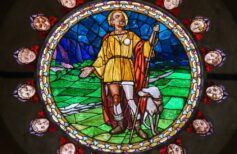
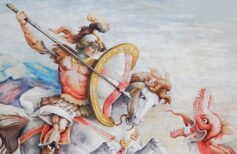

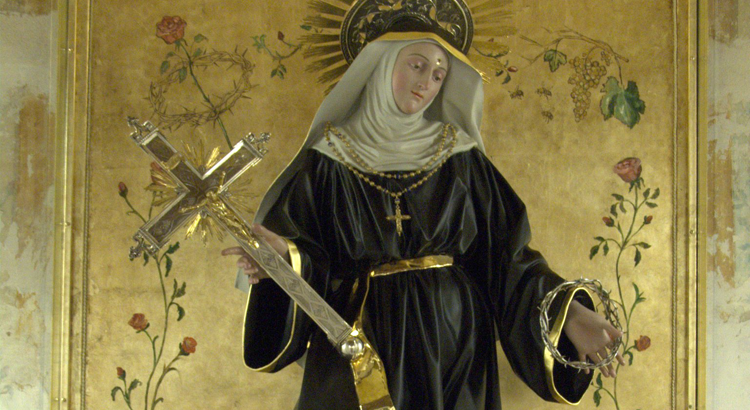
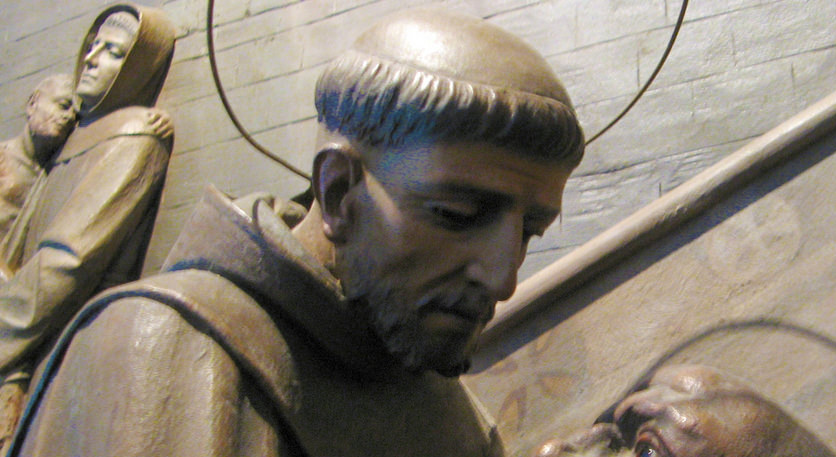
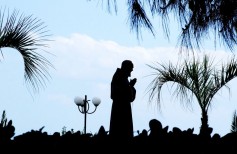
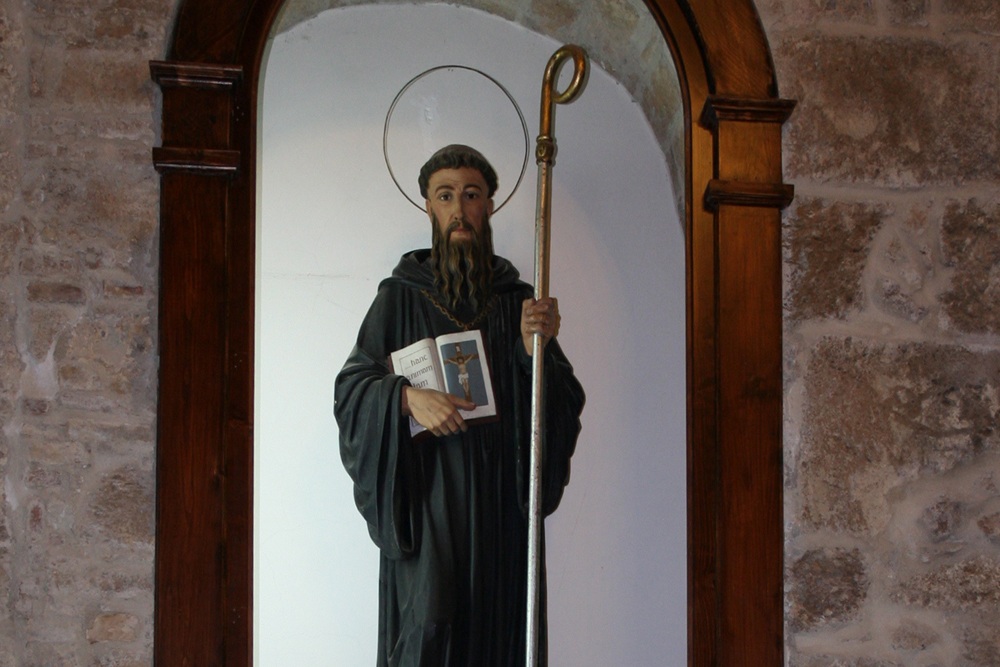
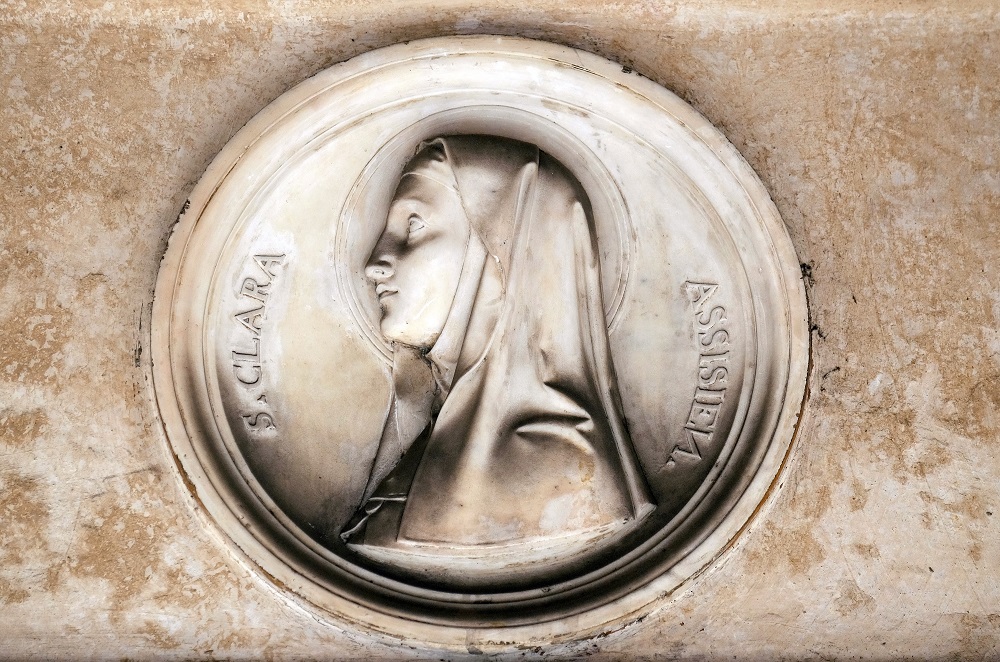
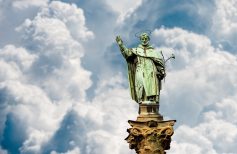






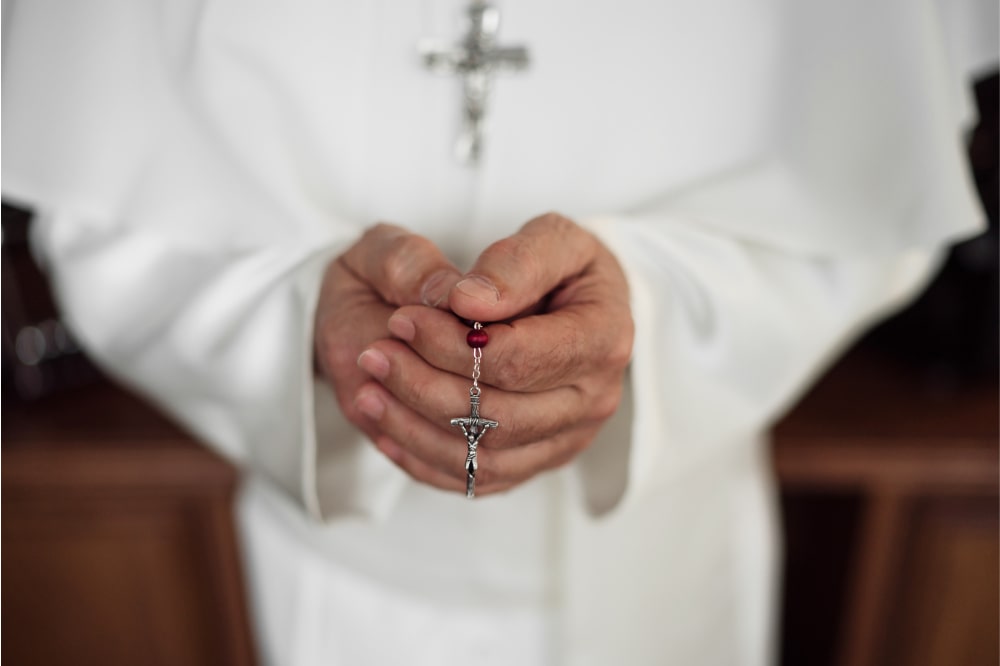
 5 June 2024
5 June 2024
